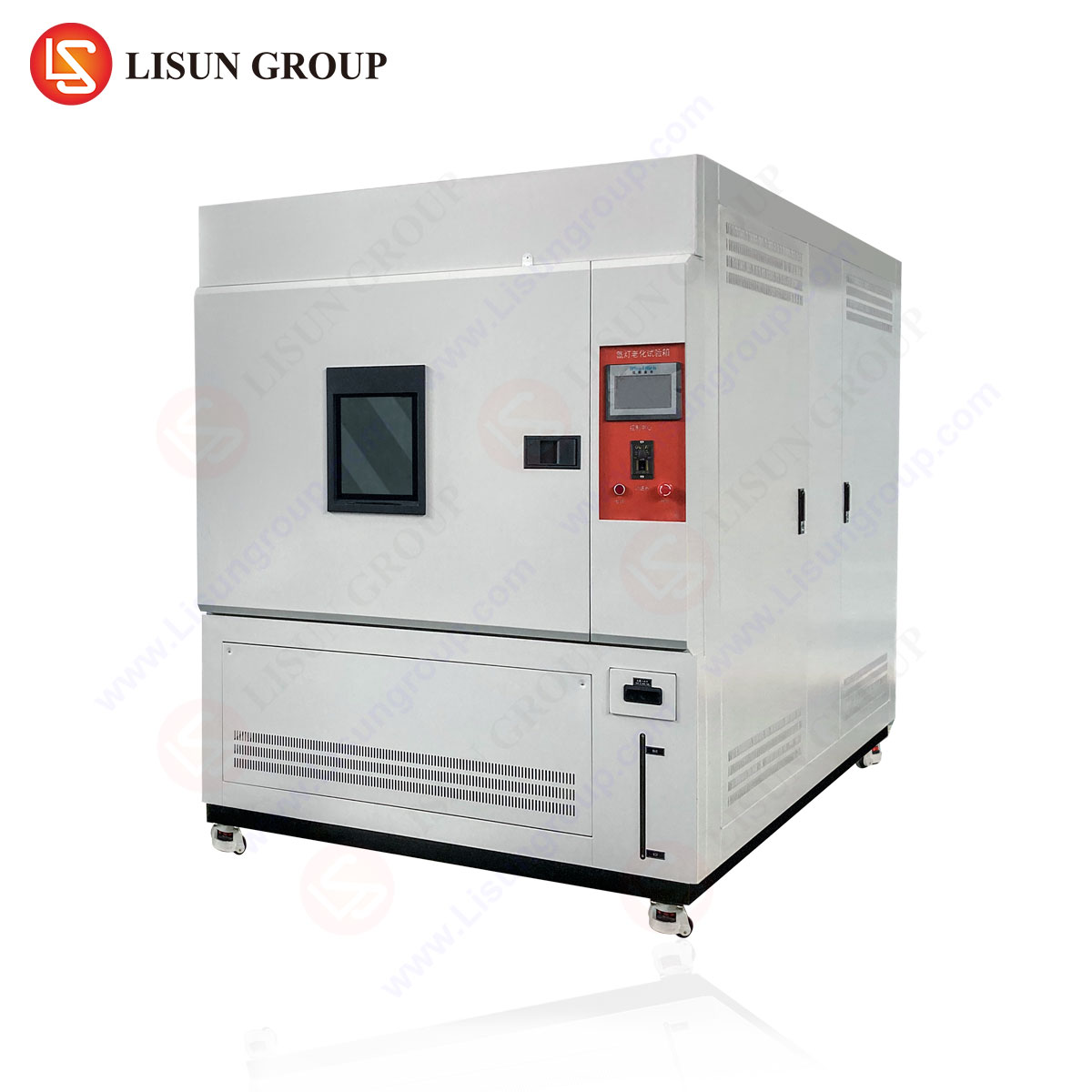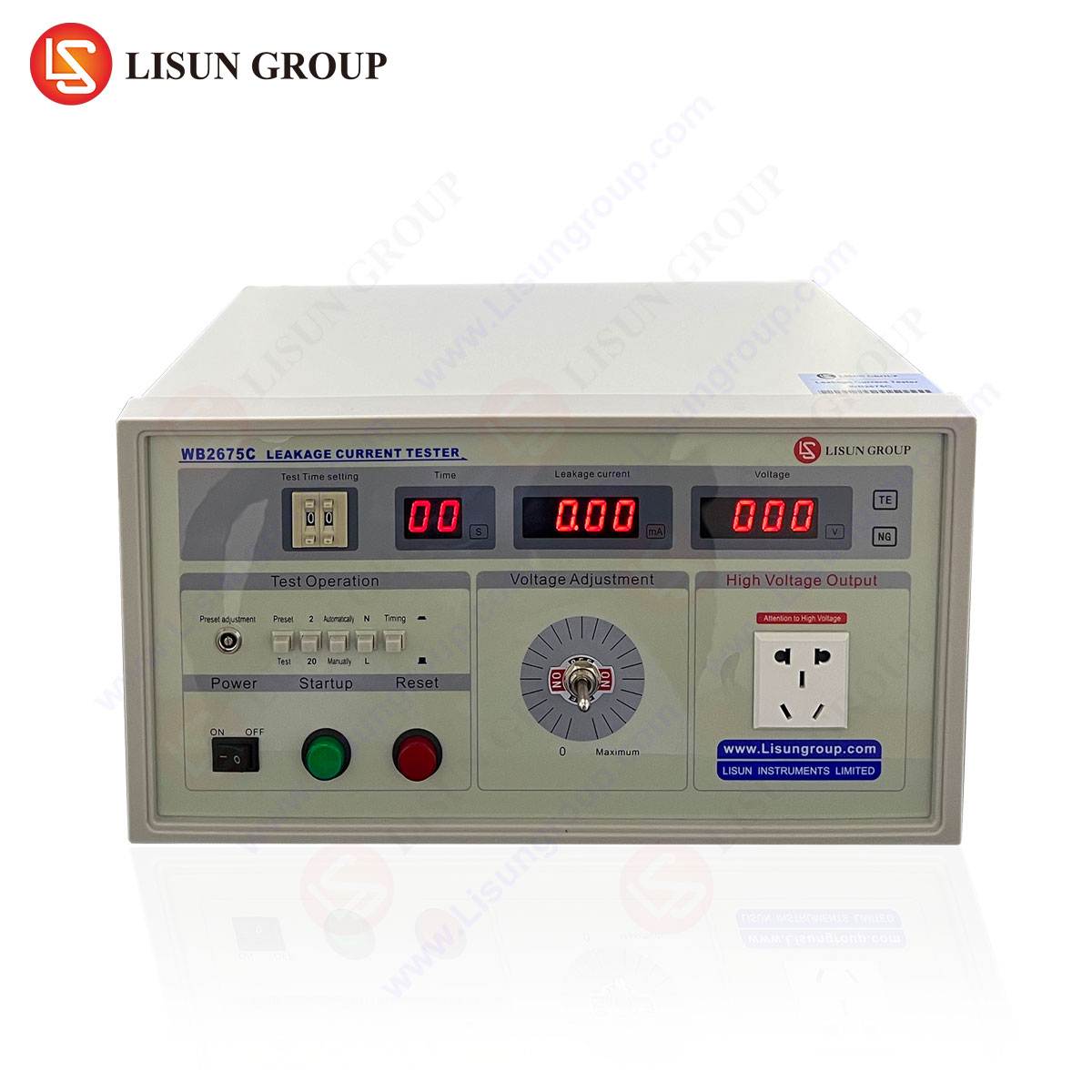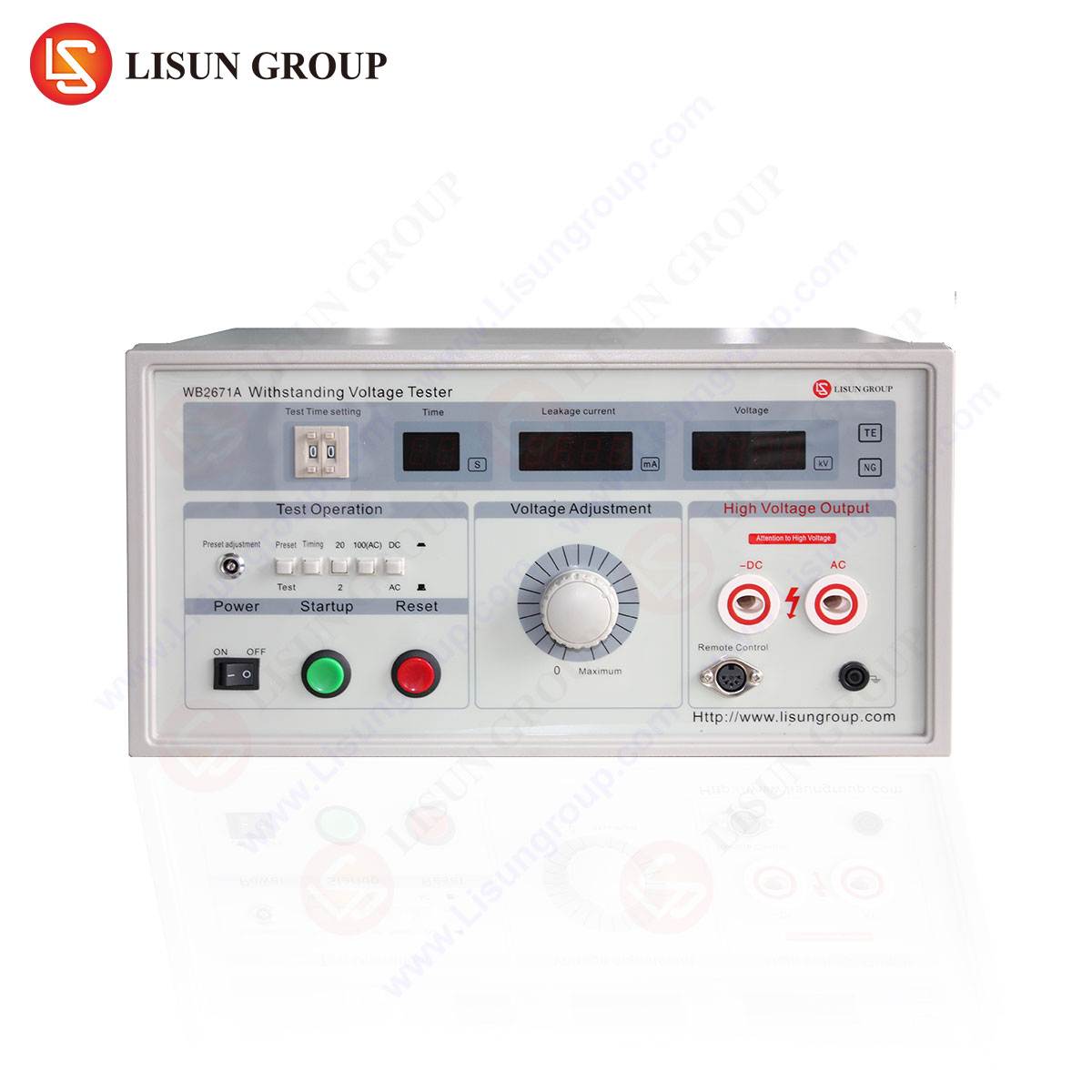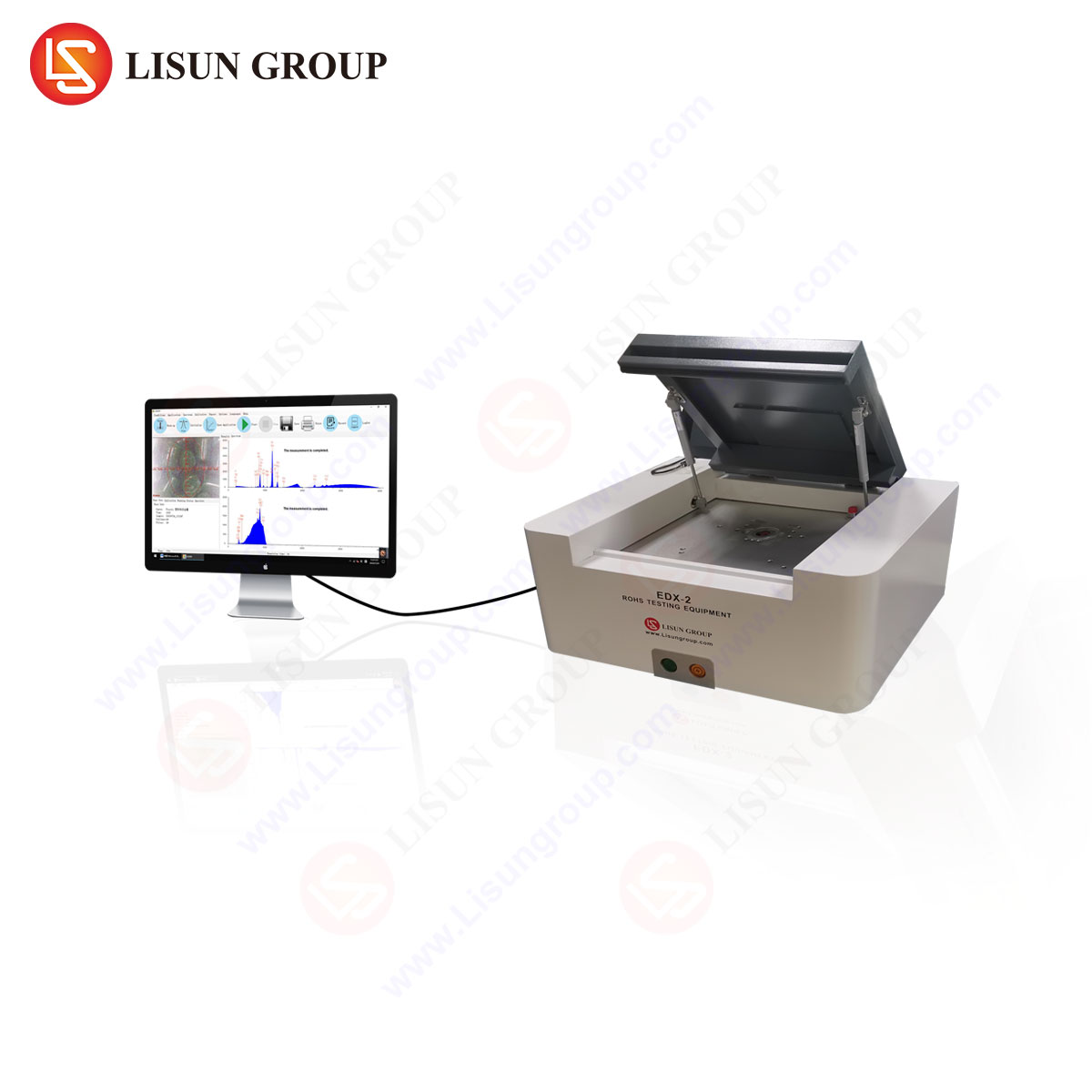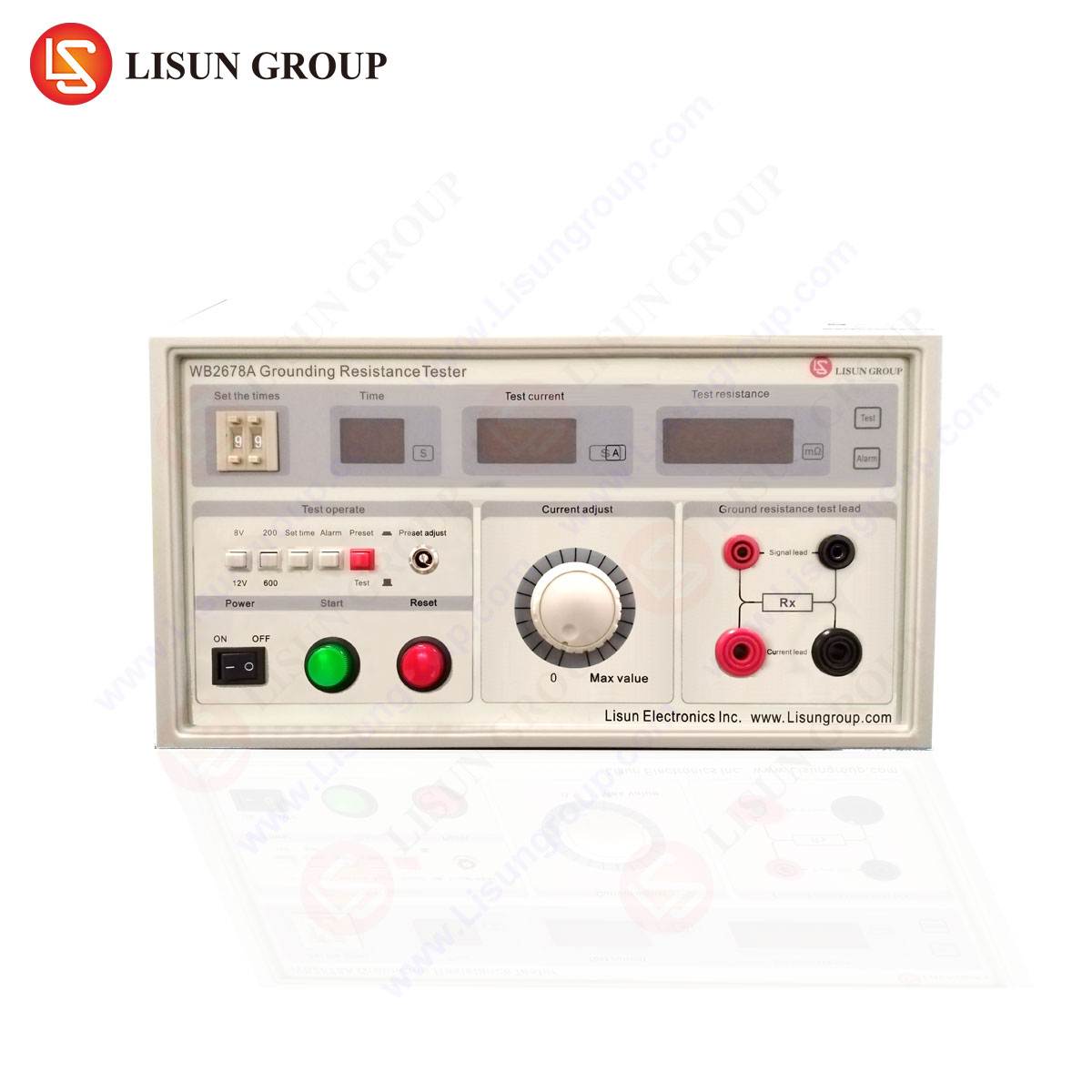Introduction to Xenon Arc Lamp Accelerated Aging Testing
Accelerated aging testing is a critical methodology employed across multiple industries to evaluate material durability, colorfastness, and structural integrity under simulated environmental stressors. Among the most advanced techniques for replicating solar radiation and weathering effects is the Xenon Arc Lamp Accelerated Aging Test Chamber. These systems utilize high-intensity xenon arc lamps to mimic full-spectrum sunlight, including ultraviolet (UV), visible, and infrared (IR) wavelengths, enabling rapid assessment of product longevity.
The LISUN XD-150LS Xenon Lamp Test Chamber exemplifies modern advancements in this field, offering precise control over temperature, humidity, and irradiance levels to meet stringent industry standards. This article examines the technical principles, applications, and competitive advantages of the XD-150LS, with an emphasis on its role in ensuring product reliability across diverse sectors.
Fundamental Operating Principles of Xenon Arc Test Chambers
Xenon arc chambers operate by generating a high-intensity light spectrum closely resembling natural sunlight. The xenon lamp emits a broad wavelength range (290–2500 nm), enabling comprehensive simulation of solar radiation effects. Key operational parameters include:
- Irradiance Control: Adjustable UV filters and radiometers maintain consistent light intensity, critical for compliance with ASTM G155, ISO 4892, and IEC 60068-2-5.
- Temperature Regulation: Chambers incorporate heating and cooling systems to simulate extreme thermal conditions, ranging from ambient to 100°C or higher.
- Humidity Simulation: Integrated humidity generators replicate dew, rain, and condensation cycles, essential for evaluating moisture resistance.
The XD-150LS enhances these functions with a closed-loop feedback system, ensuring stability in irradiance (±0.1 W/m² at 340 nm) and temperature (±1°C).
Material Degradation Mechanisms Simulated by Xenon Testing
Exposure to xenon arc radiation accelerates several degradation pathways, including:
- Photochemical Degradation: UV-induced bond scission in polymers, leading to embrittlement or discoloration.
- Thermal Oxidation: Elevated temperatures accelerate oxidative breakdown in rubbers and coatings.
- Hydrolysis: Moisture exposure under UV stress degrades adhesives and composites.
Industries such as automotive electronics and aerospace components rely on xenon testing to predict lifespan under prolonged UV exposure, ensuring materials withstand real-world conditions without premature failure.
Key Specifications of the LISUN XD-150LS Xenon Lamp Test Chamber
The XD-150LS is engineered for high-precision accelerated aging assessments, featuring:
| Parameter | Specification |
|---|---|
| Lamp Power | 1500W Air-Cooled Xenon Arc Lamp |
| Wavelength Range | 290–2500 nm |
| Irradiance Control | 0.3–1.5 W/m² @ 340 nm (adjustable) |
| Temperature Range | Ambient to 100°C (±1°C) |
| Humidity Range | 30–98% RH (±2%) |
| Test Chamber Volume | 150L (Customizable) |
| Compliance Standards | ASTM G155, ISO 4892-2, IEC 61215 |
Industry-Specific Applications of the XD-150LS
Electrical and Electronic Equipment
Printed circuit boards (PCBs) and insulating materials undergo xenon testing to verify resistance to UV-induced delamination and thermal cycling. The XD-150LS ensures compliance with IEC 60068-2-5 for outdoor electronics.
Automotive Electronics
Dashboard displays, wiring harnesses, and exterior trims are subjected to xenon aging to simulate years of sunlight exposure within weeks, per SAE J2527.
Lighting Fixtures
LED housings and diffusers are tested for yellowing and lumen depreciation under prolonged UV exposure, critical for ENERGY STAR certification.
Medical Devices
Polymer-based components (e.g., syringe housings, IV bags) must resist UV degradation to maintain sterility and mechanical integrity.
Competitive Advantages of the XD-150LS
- Enhanced Spectral Accuracy: Proprietary optical filters ensure precise spectral matching to natural sunlight, reducing false positives in material assessments.
- Automated Calibration: Self-diagnostic systems minimize manual recalibration, improving throughput in high-volume labs.
- Modular Design: Optional spray modules and dark cycles enable combined UV/condensation testing per ISO 4892-3.
Standards Compliance and Validation Protocols
The XD-150LS adheres to globally recognized standards, including:
- ASTM D7869 (Coatings)
- IEC 61215 (Photovoltaic Modules)
- AATCC TM16 (Textile Colorfastness)
Validation involves periodic radiometer calibration and NIST-traceable reference lamps to ensure irradiance consistency.
FAQ: Xenon Arc Lamp Testing and the XD-150LS
Q1: How does the XD-150LS differ from standard UV test chambers?
The XD-150LS replicates full-spectrum sunlight, including visible and IR wavelengths, whereas UV chambers only simulate ultraviolet degradation.
Q2: What maintenance is required for the xenon lamp?
Lamp replacement is recommended every 1,500–2,000 hours, with monthly irradiance calibration to maintain accuracy.
Q3: Can the chamber simulate tropical or desert climates?
Yes, adjustable humidity (30–98% RH) and temperature (up to 100°C) allow simulation of diverse climatic conditions.
Q4: Is the XD-150LS suitable for testing photovoltaic panels?
Absolutely. It complies with IEC 61215 for solar panel durability testing under UV and thermal stress.
Q5: What safety features are incorporated?
Over-temperature shutdown, emergency stop, and UV-blocking viewport ensure operator safety during extended tests.


